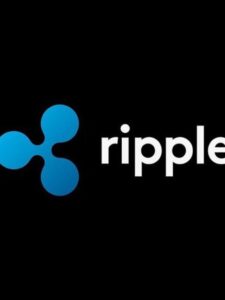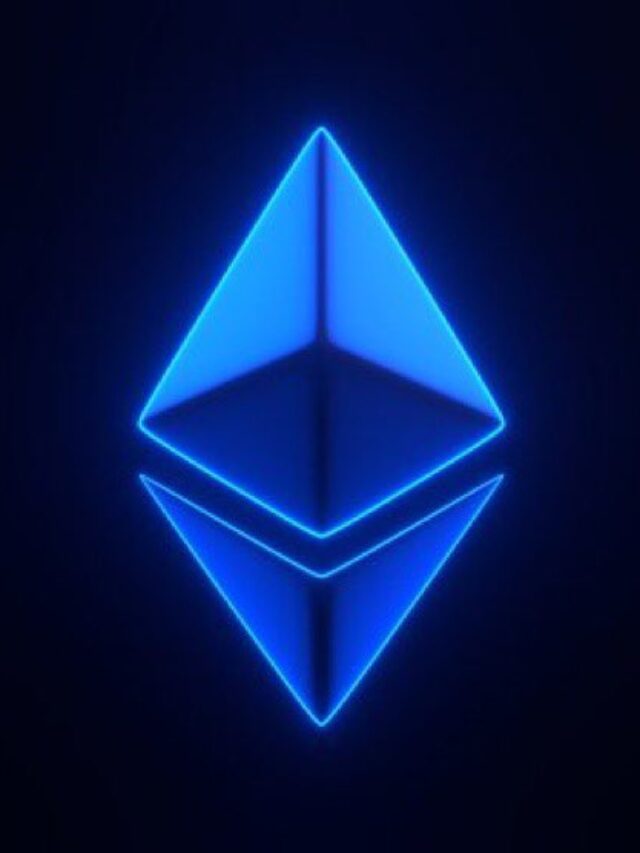Ripple Pushes XRP and RLUSD as Modern Replacements for SWIFT’s Outdated Payment Network
Ripple is positioning its blockchain-based solution, powered by the digital asset XRP and its stablecoin RLUSD—as a cutting-edge alternative to the aging SWIFT system, which still dominates global cross-border payments. In a blog post published on May 28, the company outlined how its technology addresses key inefficiencies plaguing traditional financial rails.

SWIFT’s Limitations: Outdated Infrastructure, Costly Delays
According to Ripple, SWIFT’s network relies heavily on manual processes and a web of intermediaries. This antiquated system, Ripple argues, is no longer fit for the demands of global commerce.
“Most cross-border payments still rely on manual processes. A typo in an account number, an incorrect SWIFT code, or incomplete payment instructions can all cause a transaction to fail,” the company wrote.
Such failures, Ripple emphasized, result in wasted time, added costs, and strained relationships between businesses and customers. The reliance on multiple correspondent banks often leads to slow transfers, higher fees, and a lack of transparency, making the current system vulnerable to errors and operational inefficiencies.
Ripple also cited problems like inconsistent messaging standards, hidden foreign exchange markups, and regulatory friction—all of which combine to create an unreliable and expensive payments environment.
Ripple’s Blockchain Solution: XRP and RLUSD for Cross-Border Efficiency
In response to these challenges, Ripple introduced its Ripple Payments platform, which leverages blockchain and digital assets—including XRP and the stablecoin RLUSD (Ripple USD)—to facilitate fast, secure, and affordable international transactions.
“Ripple Payments offers a cross-border stablecoin payment solution that is a modern alternative to traditional cross-border payment rails,” the company stated.
Ripple says the platform enables real-time settlement, improves transparency on fees, and reduces operational risks by cutting out unnecessary intermediaries. Through its global payout network, which spans over 90% of the world’s foreign exchange markets, Ripple aims to streamline payments for businesses operating across borders.
Looking Ahead: Regulation and Innovation Collide
While the promise of faster, more inclusive payments is compelling, regulatory uncertainty remains a point of contention. Critics continue to question how digital assets like XRP and stablecoins will be treated under global financial rules.
Nonetheless, Ripple and other blockchain advocates argue that distributed ledger technology represents the future of finance—one where payments are not only faster and cheaper, but also more reliable and accessible to all.
Disclaimer and Risk Warning
coinweck does not endorse or is responsible for any content, accuracy, quality, advertising, products, or other materials on this page. The image used in this article is for informational purposes only and is provided to us by a third party. coinweck should not be held responsible for image copyright issues. Contact us if you have any issues or concerns. Readers should do their research before taking any actions related to the company.









